

Welcome to the realm of OTT apps! If you're not au fait, OTT stands for "over-the-top," and refers to apps and platforms that allow you to stream video and other forms of content directly to your device. They simply bypass traditional cable and satellite TV networks.
It goes without saying that the OTT services market is disrupting the entertainment industry as of now, with top OTT platforms such as Netflix, Hulu, and Amazon Prime leading the charge.
But building an OTT platform isn't just about tossing some videos up on a server and calling it a day. There are several key considerations that go into developing a successful OTT app, from understanding your target audience and crafting a content strategy to selecting the right development platform and building a user-friendly interface.
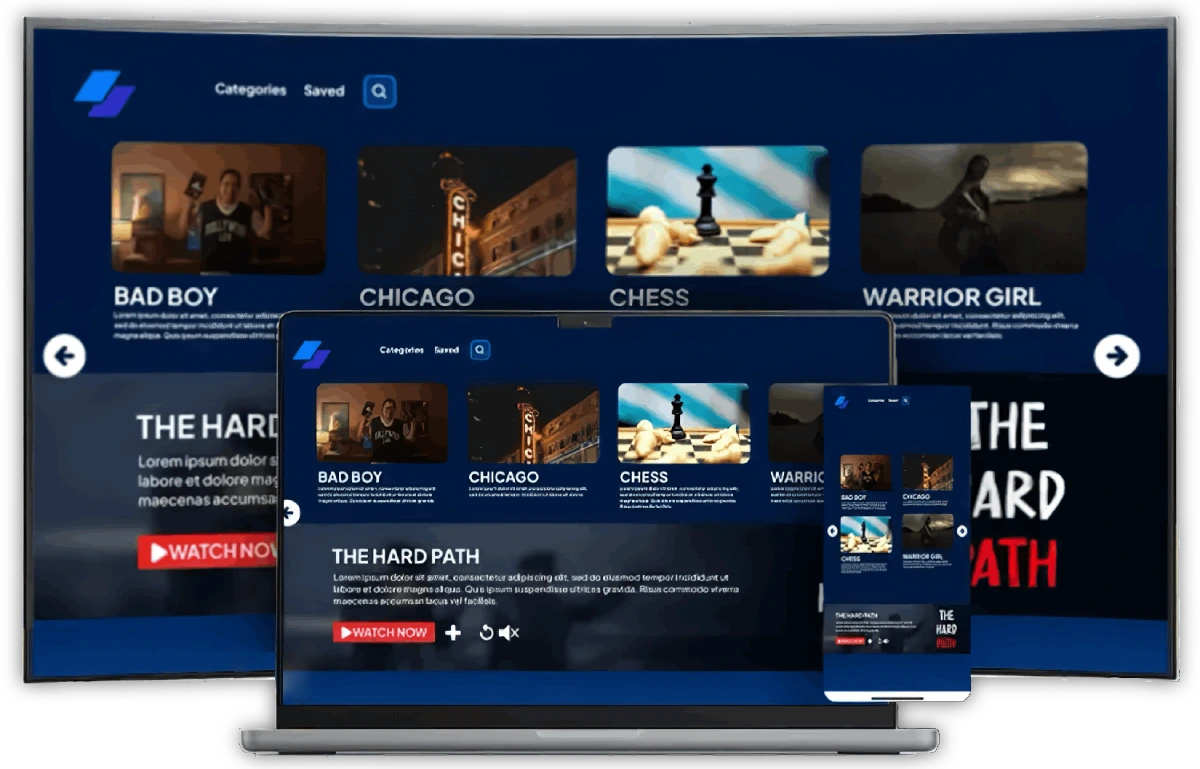
At Teyuto, we specialize in OTT solutions and have helped numerous clients navigate the complex process of building an OTT app. In this blog, we'll walk you through the steps involved in creating an OTT app, from research and development to testing and launch. We'll also share some of our own insights and experiences, and offer suggestions for how to continue improving and updating your OTT app over time.
So, whether you're a seasoned entertainment industry veteran or a newcomer looking to break into the OTT world, this blog will provide some valuable insights and guidance. Let's dive right in!
Understanding the Target Audience and Content Strategy
It all begins with your audience and how you wish to approach it. A case in point is Netflix's hit show "Stranger Things". When creating the show, the producers and writers knew their target audience was primarily a younger demographic, as well as fans of science fiction and nostalgia.
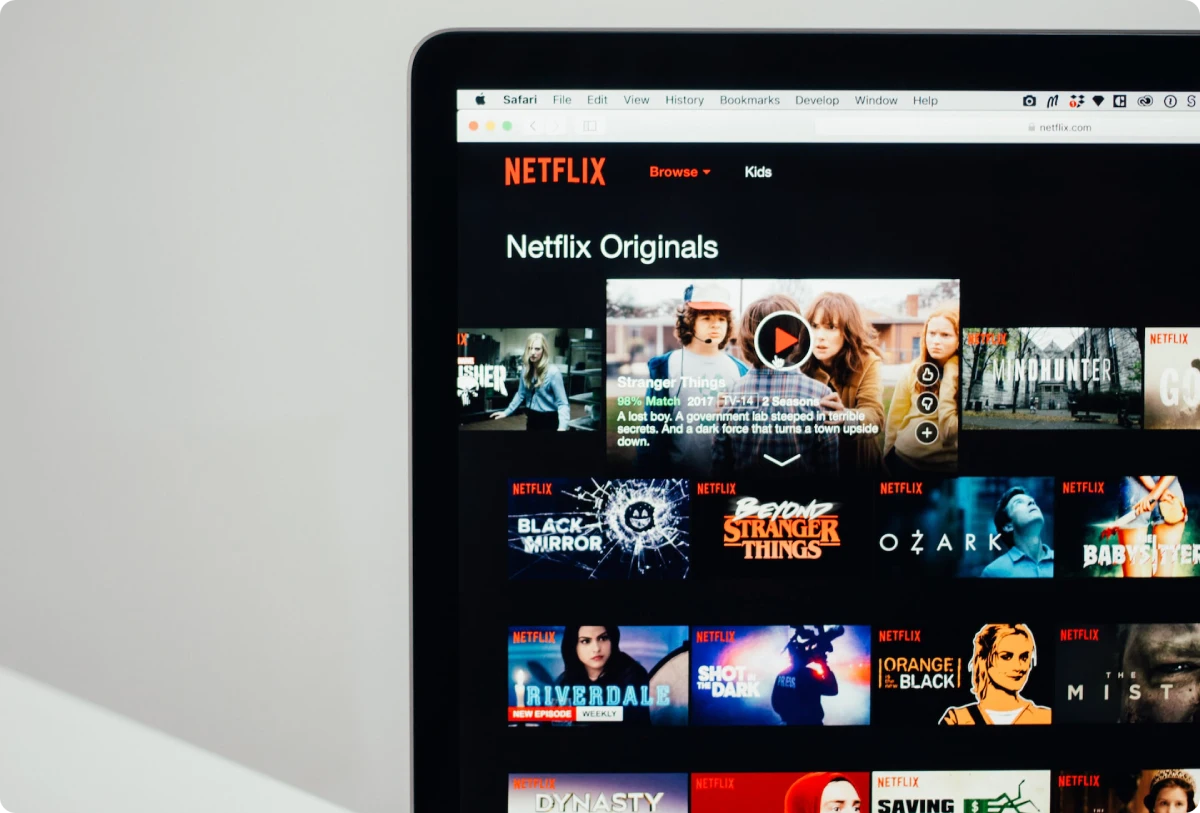
Therefore, they crafted a unique and captivating story that incorporated elements of both genres and paid homage to the popular culture of the 1980s. And they didn’t stop there how these references translated into different languages back in the 80s. Ultimately, string the right chord with everyone irrespective of the language or cultural barriers.
"Stranger Things" has become a global phenomenon with a cult-like following. The show underlines the importance of understanding and catering to your target audience to effectively reach and connect with them via your content. And it makes absolute sense when you boil everything down to numbers. According to a market study, 39% of OTT viewers access services based on specific content available.
In a nutshell, your content strategy must be spot on, to begin with. How to go about it? Here are some tips.
Researching the Target Audience
Conduct thorough research on your target audience. Understand their preferences, behaviors, and needs as deeply as you can, and tailor your content and marketing efforts accordingly.
Some ways to research your target audience include:
1. Define your target audience
Who do you want to reach out to? Is your audience young or old, male or female, interested in specific genres or types of content? Where does it live? What are its aspirations and proclivities? The more detailed you can be, the better.
Some additional questions can be:
- Do your target users primarily watch movies or TV shows?
- Do they prefer binge-watching or watching one episode at a time?
- Are they interested in exclusive content or more mainstream fare?
Here’s a great video on how to find your target audience. It takes YouTube as a reference but the same rules apply everywhere.
2. Conduct market research
Look at industry data and trends as well as consumer surveys and focus groups. Gather insights. This can help you identify their pain points and preferences, and tailor your offerings accordingly.
3. Analyze your competition
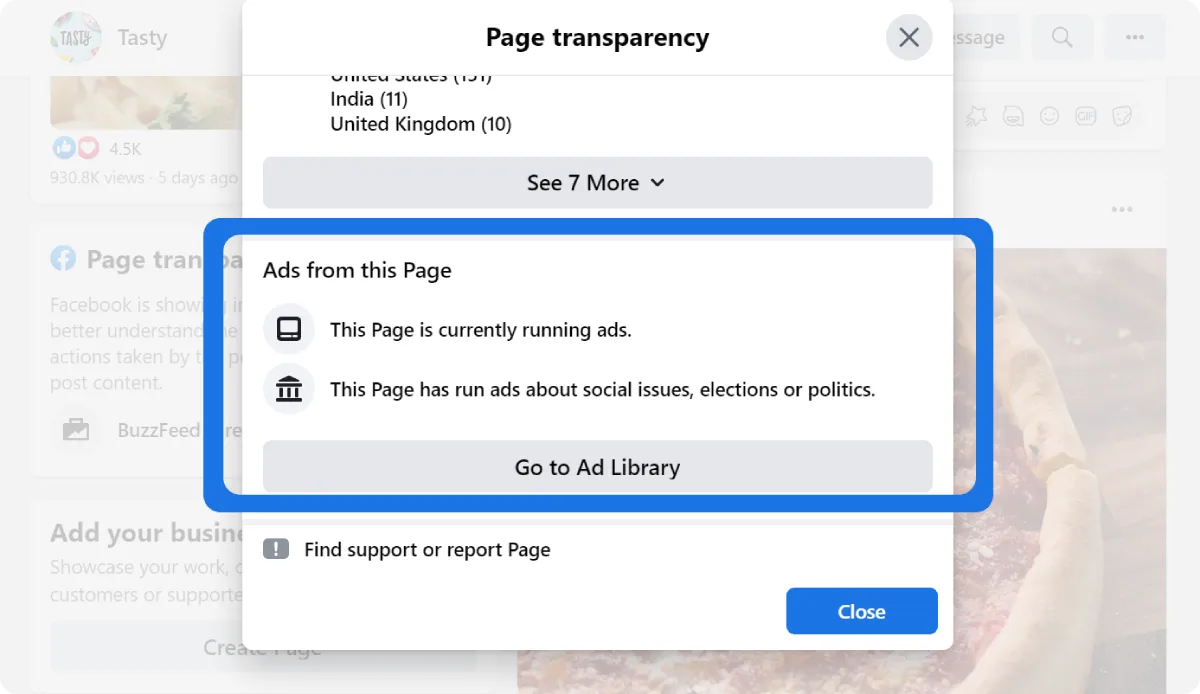
How other OTT platforms are approaching the market is very important. What is your competitor’s primary appeal? How they are targeting the audience? What is the most popular thing about them? What are they promoting?
Your competitors, especially the successful ones, can give you a treasure trove of information. For instance, take a closer look at what ads they are airing. You can take advantage of tools like Facebook’s "Page Transparency" to do so.
If you keep tracking this, you’ll get a better idea of what’s working best for them. In other words, what’s working the best amongst your target group? This can give you ideas for your own content strategy, as well as help you create strong differentiators.
4. Engage with your audience
Listen what you need to listen straight from the horse’s mouth. Use social media, email newsletters, and other channels to interact with your audience and gather feedback. This can help you understand their needs and preferences in real-time, and adapt your content strategy accordingly.
Developing a Content Strategy
Once you have a fair idea of your target group, chart out a plan for what your content strategy is going to look like. It must attract and retain users.
Create a roadmap for what types of content you will produce, how often you will release new content, and how will you promote it. Have a storyboard to guide each of your steps and keyframes. Even a rough sketch with a pencil will considerably streamline your overall development strategy.

It's also important to consider how you will monetize. Will it be subscriptions, ads, merchandizing, or some kind of mix-and-match? This is going to influence your content strategy in the long haul. So, consider both concurrently.
Finally, don't be afraid to experiment and iterate as more data and feedback comes down the line. Data-driven perfection is what you should strive for!
Choosing a Development Platform
So, here comes the million-dollar question: "which development platform to choose while building your OTT app?"
Well, there are a couple of options available, including native apps (developed specifically for a particular platform like iOS or Android) and hybrid apps (built using web technologies and wrapped in a native container).
You can also choose a turnkey OTT solutions provider like Teyuto. Teyuto not only helps you create an OTT channel with its drag-and-drop builder but even empowers you with AI search recommendations for a truly immersive user experience.
With or without Teyuto, you’ll have to decide which path to tread: native or hybrid?
Native vs. Hybrid Apps
When deciding between native and hybrid apps, there are several factors to consider. Native apps generally offer a more seamless and intuitive user experience, as they are built specifically for the platform they are running on. They also tend to be more reliable and perform better, as they have access to all of the device's hardware and software capabilities.
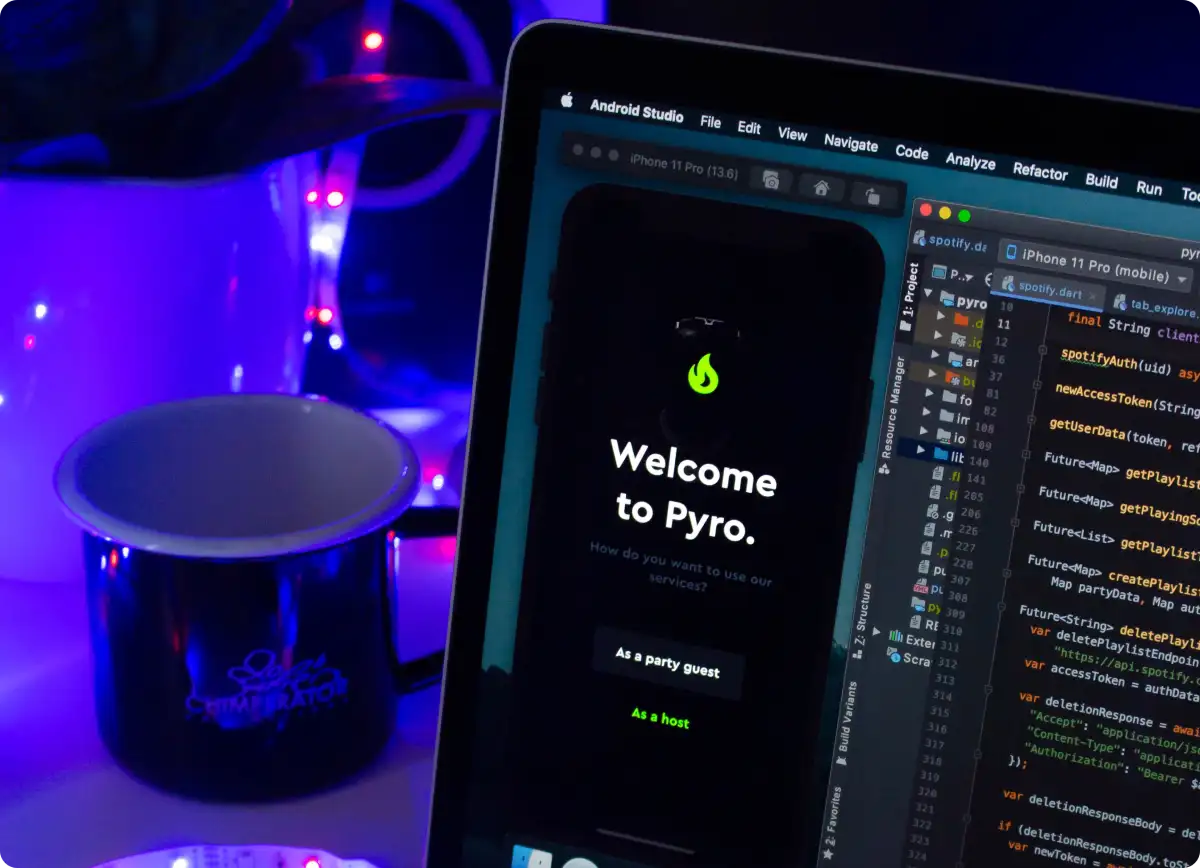
Hybrid apps, on the other hand, are generally more cost-effective and faster to develop, as they can be built using web technologies and then wrapped in a native container for deployment on multiple platforms. However, they may not offer the same level of performance and user experience as native apps. In short, their advantage becomes their Achilles Heel. Web technologies limit their capabilities.
Factors to Consider
There are several other factors to consider when selecting a development platform for your OTT app. These may include:
1. Cost
How much will it cost to develop your app on a particular platform?
2. Flexibility
How easy is it to make changes and updates to the app once it is launched?
3. User experience
How intuitive and seamless is the app for users? What features do you want it to have?
4. Compatibility
Is the app compatible with the devices and platforms your target audience is using?
Ultimately, the right development platform for your OTT app will depend on your specific needs and goals. Carefully weigh the pros and cons of each option and make an informed decision. In case you need any help, feel free to ask any question that you may have in your mind here.
Building the App: Navigating the Waters of Technical Complexities
Building an OTT app is no small feat, and there are many atypical nuances and technical complexities that you may encounter. As a leading OTT solutions provider, here are some of our insights and experiences that may help you along the way.
Setting Up the Development Environment
The first step in building your OTT app is setting up the development environment and tools. This may involve installing software and libraries, configuring your development environment, and setting up any necessary servers or services.
Sounds straightforward, right? Well, not exactly. Depending on your chosen development platform and the specific requirements of your app, you may encounter a host of challenges and dilemmas as you set up your development environment. For example:
· Compatibility issues
Are the tools and libraries you are using compatible with your development platform? Are there version conflicts or other issues that could cause problems down the line?
· Scalability
Is your development environment set up to handle the demands of a large-scale streaming service? Do you have the necessary servers and infrastructure in place to support a large user base? Will your video delivery protocol be able to handle, say, low-latency live streaming?
· Security
Have you taken steps to secure your development environment and protect sensitive data? Are you following best practices for securing your app and server infrastructure? Are you securing it against video-specific data leaks, say, HDMI/HDCP stripping?
Navigating these and other challenges as you set up your development environment is crucial to the success of your OTT app. Don't be afraid to seek out help or guidance if you need it, and be prepared to pivot or make adjustments as necessary.
Designing the User Interface and User Experience
Once your development environment is set up, it's time to start designing the user interface (UI) and user experience (UX) of your app. This involves creating wireframes and mockups to visualize how the app will look and function, as well as testing and iterating your designs to ensure they are intuitive and easy to use.
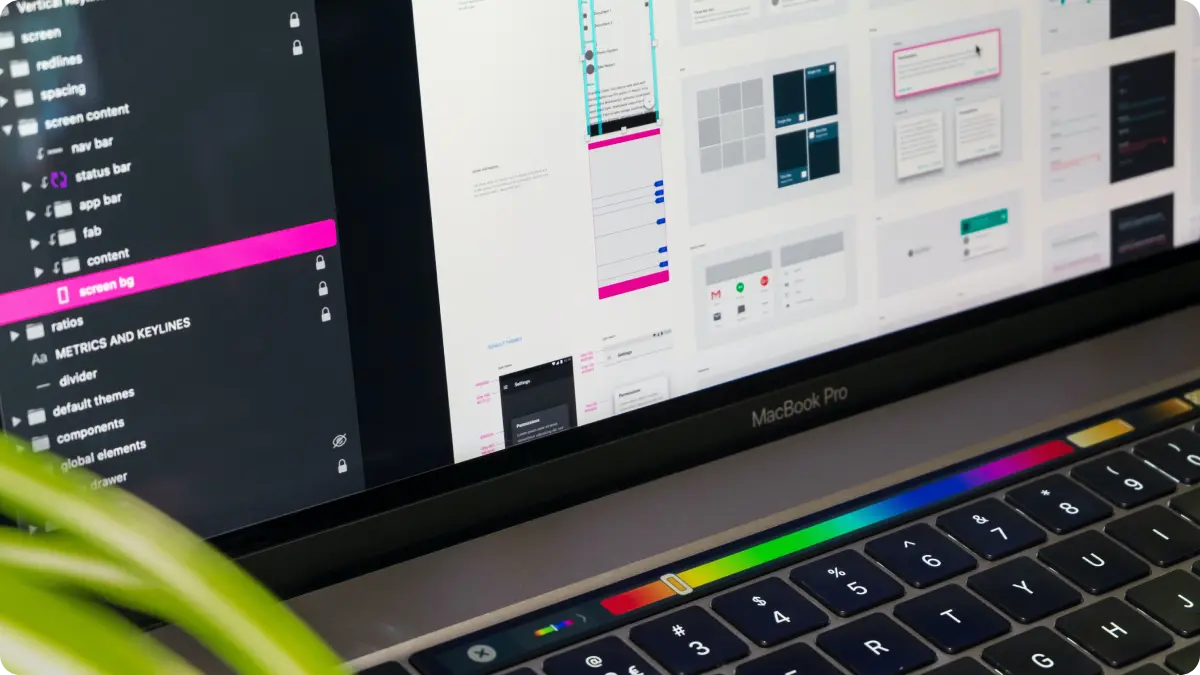
But designing a great UI and UX for an OTT app is about more than just aesthetics. You'll also need to consider the technical constraints and requirements of streaming video, as well as the expectations and habits of your target audience.
For example:
· Buffering
How will you handle the inevitable buffering and loading times that come with streaming video? Will you use pre-loading or other techniques to minimize disruptions?
· User preferences
Do your target users prefer a linear or non-linear viewing experience? Are they more likely to watch movies or TV shows, or a mix of both? How will you design the app to cater to these preferences?
· Personalization
How will you personalize the app for each user based on their preferences and viewing history? What metadata will your app generate? How will you use it for personalization?
Designing a great UI and UX for an OTT app requires a combination of technical expertise and user-centered design thinking. Don't be afraid to test and iterate on your designs to get them just right.
Implementing Features and Functionality
With the UI and UX of your app finalized, it's time to start implementing features and functionality. This may include streaming video, subscription management, recommendations, and any other features that are central to your app's value proposition.
But implementing these features is often easier said than done. You'll need to consider a host of technical and logistical issues, such as:
· Video encoding
How will you encode and deliver video to your users? Will you use a third-party platform or build your own video delivery system? What file formats and resolutions will you support?
· Subscription management
How will you handle user subscriptions and payments? Will you use a third-party service or build your own system? How will you handle trial periods, renewals, and cancellations?
· Recommendations
How will you recommend content to your users? Will you use algorithms or more manual approaches? How will you balance the need for personalized recommendations? Will AI be a part of your implementation strategy?
· Other features
What other features will you include in your OTT app? Will you offer social sharing or other community-based features? How will you handle user accounts and profiles? Will you need OTT TV functionality?
An OTT app involves a lot of technical and logistical challenges. You'll need to tackle them head-on if you want to build a successful OTT service. Don't be afraid to seek out help or guidance if you need it. It’s essential to get things right for a complex deployment such as that of an OTT app.
Testing and Debugging
Now, it's time to conduct thorough testing and debugging to ensure stability and reliability. This may involve conducting functional testing to verify that the app behaves as expected, as well as performance testing to ensure it can handle the demands of streaming video and other types of content.

Testing and debugging an OTT app is a critical step, as even small issues can leave a lasting impact on the user experience. You'll want to thoroughly test your app on a range of devices and platforms to ensure it is compatible and performs well for all users.
Some key considerations for testing and debugging your OTT app include:
· Functionality
Does the app behave as expected? Are all features and functionality working as intended?
· Performance
Is the app able to handle the demands of streaming video and other types of content without crashing or freezing? Are there any issues with buffering or loading times?
· Compatibility
Is the app compatible with a range of devices and platforms? Are there any issues with different screen sizes or resolutions?
· User experience
Is the app intuitive and easy to use for users? Are there any issues with the UI or UX that need to be addressed?
Launching and Marketing an OTT App
Your major battle is now behind you. It’s time to launch and market your application.
This step involves submitting the app to App Stores, setting up any necessary servers or services, and developing a marketing plan to promote the app.
Submitting the App to App Stores
Submitting your OTT app to app stores is a crucial step in the market journey of your brand. After all, it makes the app available to users and allows them to download and install it on their devices.
Each app store has its own submission guidelines and requirements, so it's important to familiarize yourself with them before submitting your app.
Some key considerations for submitting your OTT app to app stores include:
· App Store Guidelines
The importance of app stores (and hence, their guidelines) can't be overstated. Your app must be compliant with the rules and guidelines of the store in order to be accepted for listing. It's your bible, so make sure you read it thoroughly. Here are handy links for Apple App Store and Google Play Store.
· App Listing
Though getting your app out there is the first step, you must never undermine your app store listing as well Even if you’re not marketing on the app store, it’s still the first point of contact for your potential users. You must succinctly and accurately describe your app, have a compelling title, and keywords to make it stand out.
· App screenshots and videos
Include high-quality screenshots and videos of your app in the app store listing. Effectively showcase the features and functionality of your app.
Submitting your OTT app to app stores is an important step, but it's only the first step in getting your app in front of users. You'll also need to develop a marketing plan to promote the app and attract new users.
Marketing the App
Developing a marketing plan for your OTT app is an important step, as it helps you get the word out about your app and attract new users. There are many different marketing channels and tactics you can use to promote your app, including:
· App store optimization
Optimized your app store listing to make it more discoverable by users. Use relevant keywords and incorporate user reviews and ratings to improve your app's visibility.
· Social media
Social media is the perfect place to promote your app and engage with users. Regularly share updates, news, and behind-the-scenes content to keep users interested.
· Email marketing
Use email marketing to stay in touch with users and promote your app. It’s also a good idea to have a newsletter or other email communication strategy in place. It will keep your people informed and engaged.
· Paid advertising
Initially, you may need paid advertising for brand building and reaching out to new users. Target the right audience and use the most effective ad formats and channels.
· Partnerships and collaborations
Establish partnerships with other companies, influencers, and organizations to maximize your reach. Leverage your existing networks and relationships to get the word out about your app. Throw an app launch party even. Here are a couple of creative ideas on you can market your app effectively.
Marketing your OTT app is an ongoing process, and it's important to continually test and iterate on your marketing strategies to ensure you are reaching the right audience and getting the best ROI.
Conclusion and Next Steps
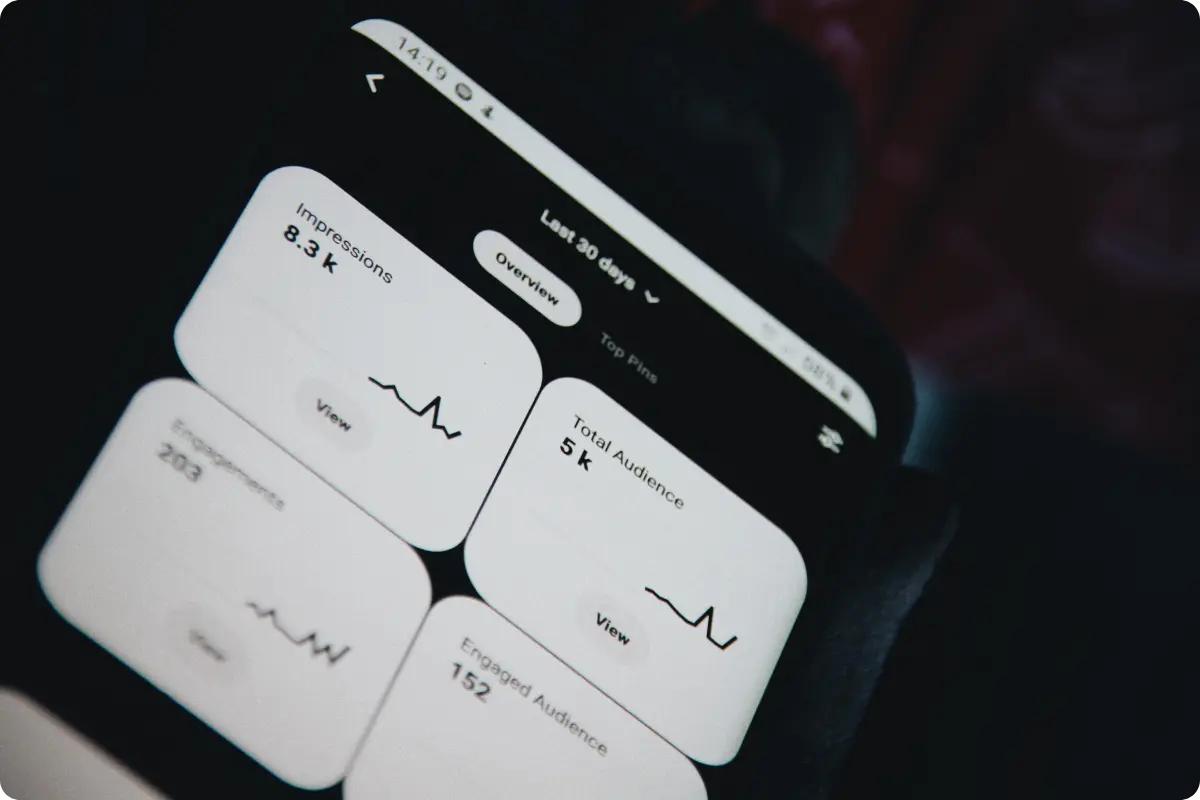
Building an OTT app is a complex and multifaceted process, but with the right strategy and approach, it is possible to create a successful and engaging app for users. From understanding your target audience and crafting a content strategy to selecting a development platform and building the app, there are many key considerations to keep in mind.
And the work doesn't stop once your app is launched. To ensure your OTT app continues to thrive, it's important to keep updating and improving it over time. This may involve releasing new content, adding new features and functionality, and continuing to promote the app to users.
We, at Teyuto, have the expertise and experience to help you navigate the complex process of building an OTT app. Whether you're just starting out or looking to take your existing app to the next level, we're here to help. We take care of all these technical nuances while you stay focused on producing amazing content for your audience.
Find out how we can help you build a successful OTT app. Contact us now.


Enjoyed this read?